
I feel no compelling inner need to engage with any more new technology. Indeed, I’ve previously called for, and would gladly endorse, a 5-year moratorium on the introduction of any new tech while manufacturers and designers simply fix all the glitches in current iterations. (My mother did not raise a dumb child, so I’m not holding my breath on that.)
Yet ’tis the season when manufacturers roll out their latest wares and demonstrate them for the press and public, in advance of the holiday-driven spending surge to come. So the past month has involved me in my semi-annual plunge into what I’ve come to think of as the World ‘o Gizmos. This episode began with PDN PhotoPlus Expo at the Javits Center in late October, continued with Engadget Expand NY (also at the Javits), and concluded with CES Unveiled NEW YORK and PepCom’s Wine, Dine & Demo!, both at the Metropolitan Pavilion.
I attend these events as part of my ongoing effort to envision where the medium of photography, and the broader, more amorphous territory in which it’s now embedded, digital imaging, will head in the immediate future. Apparently I’m one of the few of my colleagues in photography criticism to take these matters seriously enough to actually scope out the newest tech on a regular basis, because I never run into any of them at these expos.
Nothing much to report on the photo/imaging front this time out. PhotoPlus Expo continues to strike me as melancholy, a mere shadow of its former self, with a few major camera manufacturers (Nikon, Canon, Sony) surrounded by little vendors offering equipment for the studio-photography and wedding-photography trades, plus assorted tchotchkes. The absence of former giants such as Kodak and Polaroid (both of which have returned to consumer-end photography, in modest ways, but apparently can’t afford the cost of space at PPE), is symbolic, and sad.
Most noteworthy, for me, is the persistence of the photo-booth — the original selfie camera — as an enduring cultural function. You can count on finding one or more digital variants of this machine at PPE, a mini-industry represented this time out by Social Booth. I also note with interest the introduction of the Narrative Clip, a 1-1/2″ square wearable camera that takes photos at 30-second intervals of everything within its cone of vision and posts them to the cloud, where you can view them online or download them, enabling you to produce an ongoing time-lapse video record of your life. I see intriguing creative possibilities for this. And my interest in the Lytro, which enables endless post-exposure choices of foreground/background relationships, endures.
Lomography was there, but few other makers of the goods that sustain the creative side of analog photography. I can’t help wondering if an expo concentrating on such providers of goods and services could sustain itself financially. As it is, there’s no one place or event anywhere making it possible for anyone with that interest to engage with a wide range of the suppliers of their tools and materials.
Too Many Fish in the Sea
PPE is photo-specific, whereas the other events include imaging hardware and software but embrace more broadly what falls under the rubric of “consumer electronics.” Thus they provide a peek at how digital imaging gets integrated into the engulfing technology of which it forms just one part.
The “3D everywhere” environment ballyhooed as imminent a few years back has taken a breather, though I predict it will return with a vengeance. I don’t know what engendered this hiatus — lack of consumer enthusiasm, perhaps. But the promise of a more “immersive” digital environment remains unfulfilled.
The current hot phrases are “interconnectivity” and “the internet of things,” signifying a different form of immersion. These buzzwords describe an emerging digital environment in which just about everything you use in your daily life is “smart,” meaning digitally enabled and wirelessly linked to everything else in your life.
Thus, to elaborate on a hypothetical example proposed by CES keynote speaker Dr. Shawn Dubravac, your “smart” electronic toothbrush will soon take note of which specific teeth you brush effectively and which you don’t, forwarding that information to your dentist, whose hygienist will videoconference with you for a tutorial aimed at improving your brushing technique. She will also send a recommendation for suitable toothpaste to your pharmacy, which will notify you via a text to your cellphone when it’s on sale, delivering it to your doorstep via drone. All of this will get billed to your PayPal account, showing up on your monthly electronic bill, viewable on your tablet. Etc.
Dubravac raves about this in his forthcoming book, Digital Destiny: How the New Age of Data Will Change the Way We Live, Work, and Communicate. Speaking of digital destiny (or digital fate), right now you can buy a Mimo baby-monitoring onesie for your newborn with a built-in Bluetooth-enabled sensor that will monitor the child”s body temperature and the temperature of the surrounding air, tell you whether he or she is sleeping on his or her front, back, or side, transmit any sounds he or she makes, and let you sing a lullaby remotely. You can also buy a Savvy Rest crib for your infant, or a bed for yourself, that will adjust itself, in terms of temperature and mattress firmness, while its user sleeps, according to the presets you indicate via its accompanying “Reverie” Bluetooth app. And you can monitor your own sleep with the Beddit Sleep Monitor.
Of course you can already control room temperatures while you and the wee one sleep via wifi-enabled programmable thermostats, air conditioners, and such. Add an Aromatherapy Bluetooth Speaker and you can micromanage the olfactory environments while, via timed playlists on your smartphone, you can stream Mozart to the baby and a subliminal meditation to yourself. And if either of you have any bad habits you want to break, such as touching yourselves inappropriately, you can use the Pavlok, a “personal coach wearable,” to provide a mild but discouraging electric shock.
In the emerging realm of “wearables,” you could opt for the GoGlove, which provides Bluetooth connectivity to and gestural control of your iOS and Android devices while giving you something of that Michael Jackson look. If you don’t fancy wearing a single black glove all the time (except for when you have to take it off to eat, wipe your ass, etc.), you can go for the Nod ring, which does the same thing. Or, if that seems too complicated, you could get the Ringly, 18 karat gold-plated with a precious or semi-precious stone, which simply synchs with your smartphone and vibrates or glows discreetly to alert you to the arrival of a call, text or notification.
Make no mistake about it: The people involved in inventing, developing, and marketing these devices and apps consider no single area of your physical, mental, emotional, or spiritual existence sacrosanct. There is no corner of your conscious or unconscious life that they do not feel free to invade and colonize. They want to own you as a digital consumer, waking and sleeping, 24/7/365, leap years included, cradle to grave. Coming soon: subcutaneous digital implants. You read it here first.
Murphy Was An Optimist
All of this gets trumpeted by Dubravac with a mindless, uncritical triumphalism, as the “third industrial revolution,” blithely disregarding not only the sociopolitical and psychological consequences of this brave new digital world but, on the purely practical level, the inarguable fact that these digital systems will inevitably (a) obsolesce rapidly, requiring your ongoing investment in them or their successors; (b) fail frequently, interrupting the presumably important and even vital services they provide, necessitating repair with attendant costs and inconvenience; and (c) offer a wealth of new targets for those involved in identity theft, the creation of malware, and other forms of hacking. Not to mention that it will (d) take time to install and program their controlling apps, grapple with the periodic updates thereof, interconnect them with other apps, and deal with the inevitable software conflicts that arise.
Even if all went smoothly with each and every one of these devices and apps, the agglomeration of them can only lead to decision fatigue somewhere on the path from selection to acquisition through installation and programming (not to mention maintenance). It exhausts me just to think about it. I think I’ll go lie down on my analog bed; my wetware needs a rest.
(Part 1 I 2)


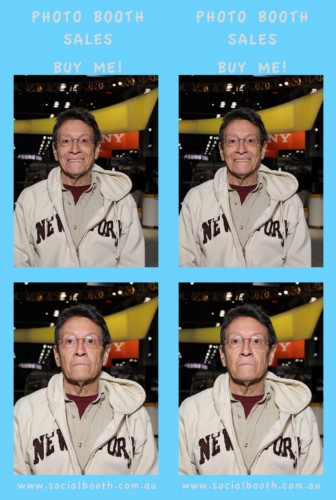
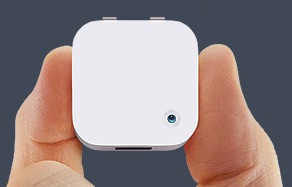
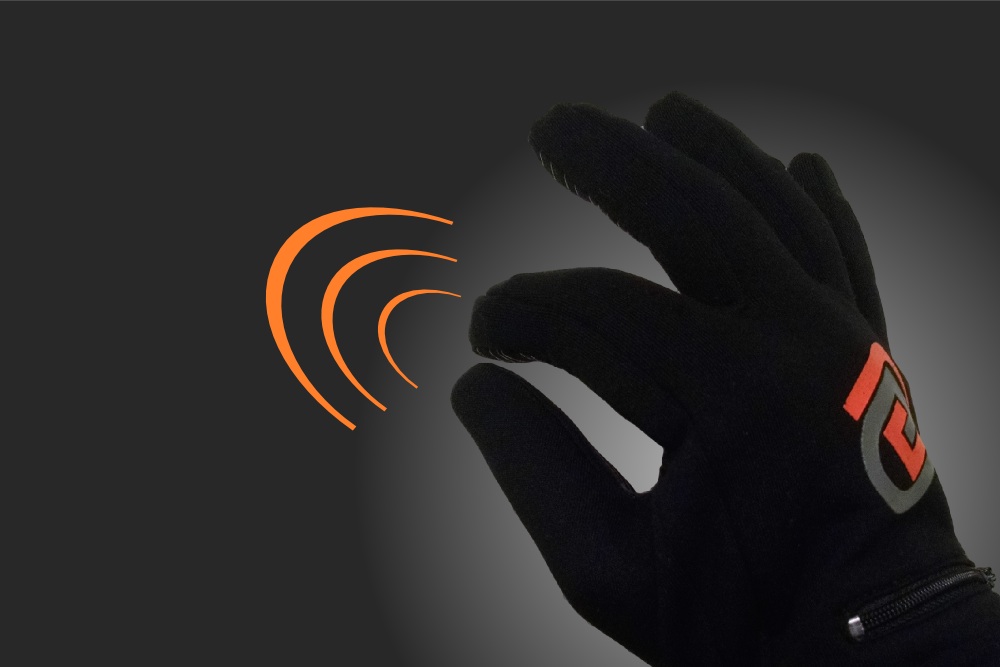

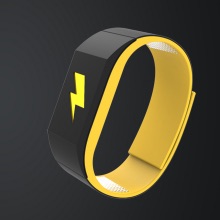
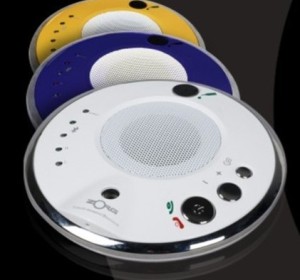




Leave a Comment